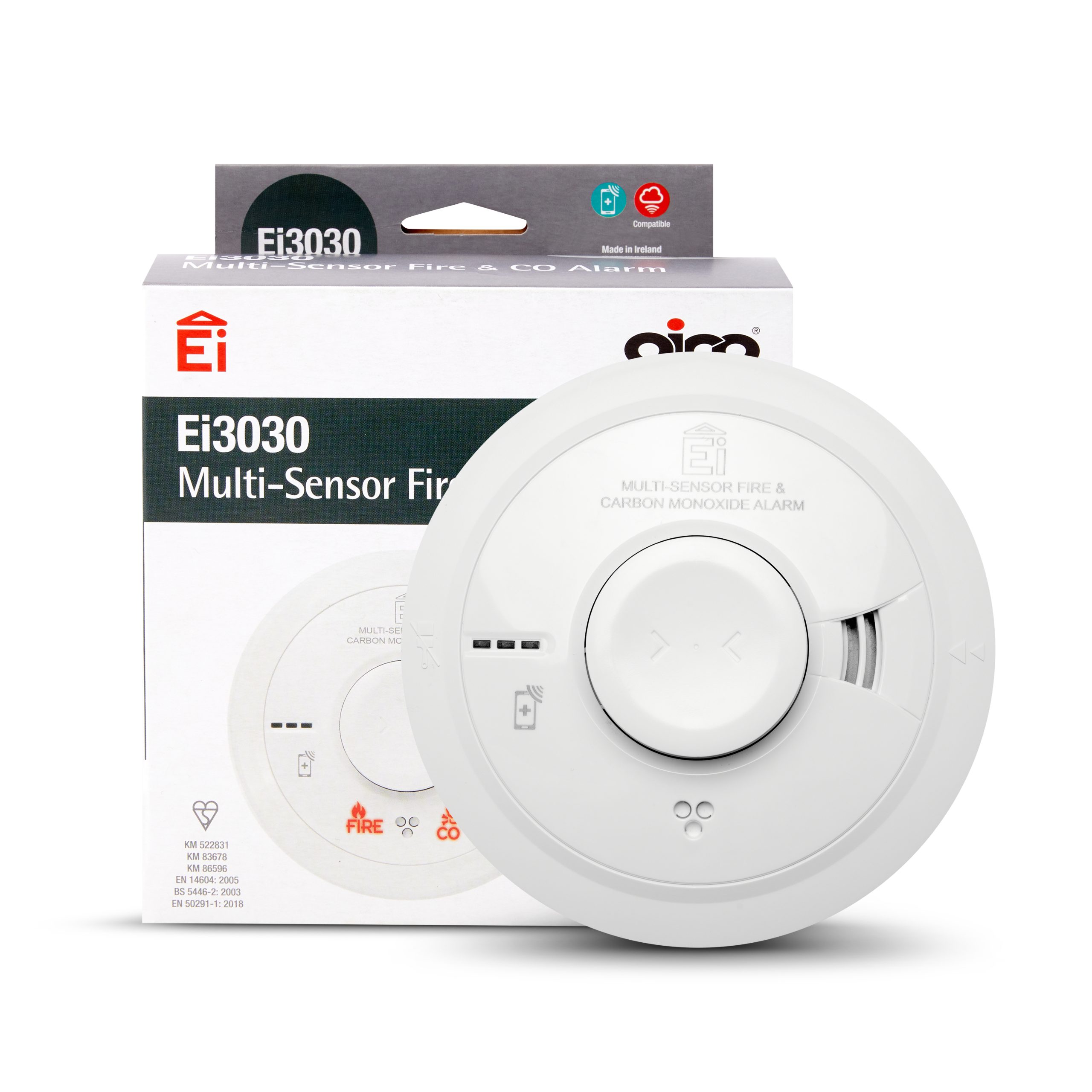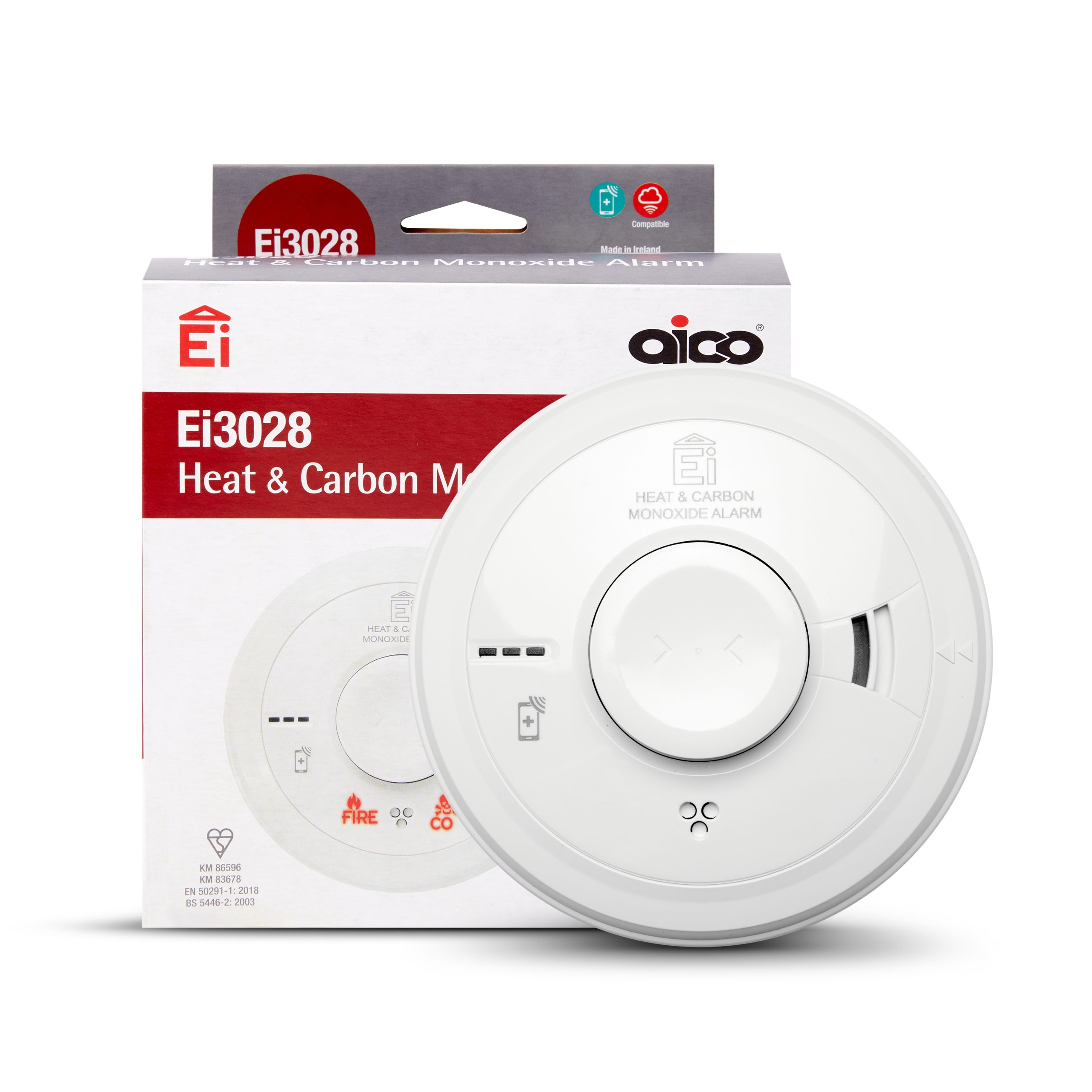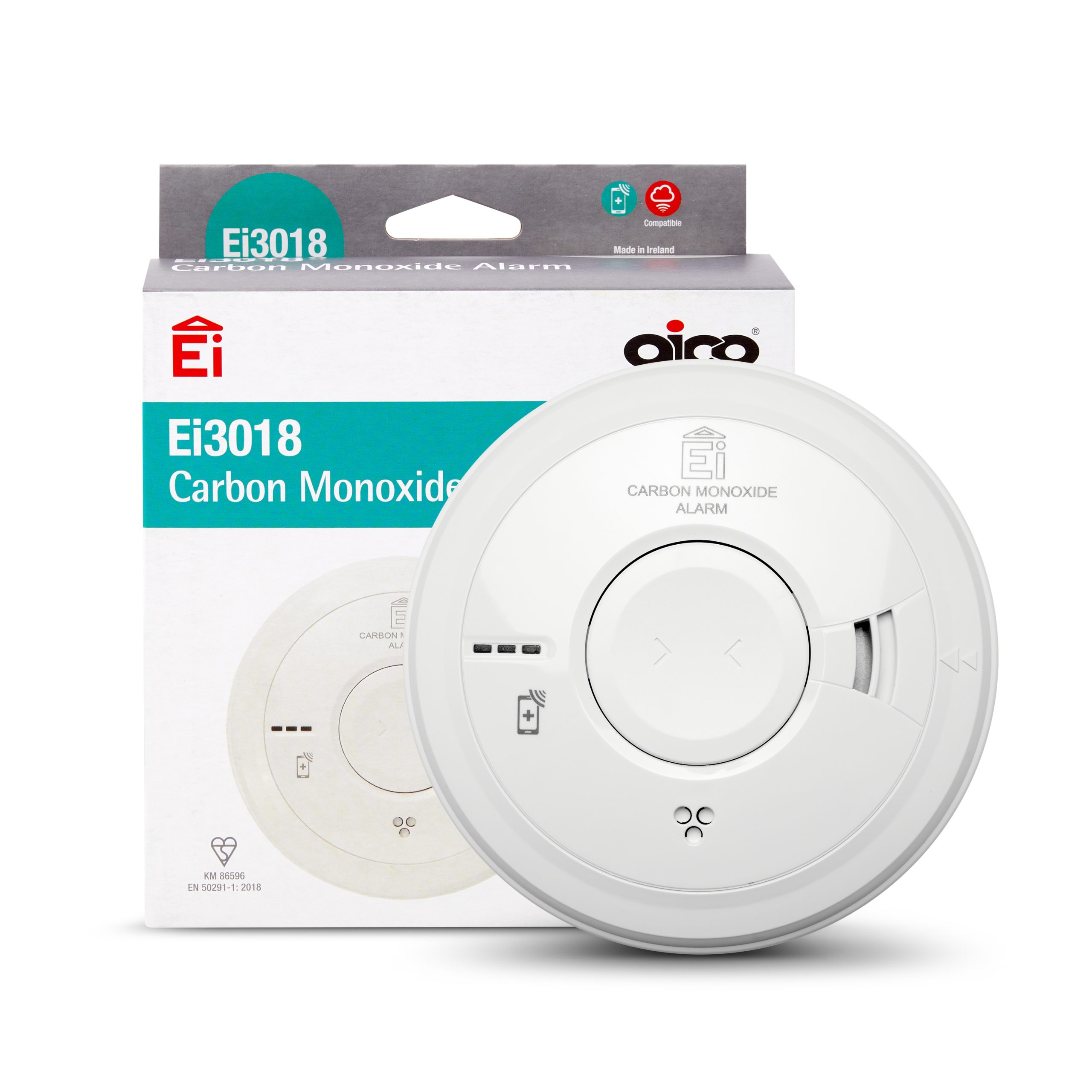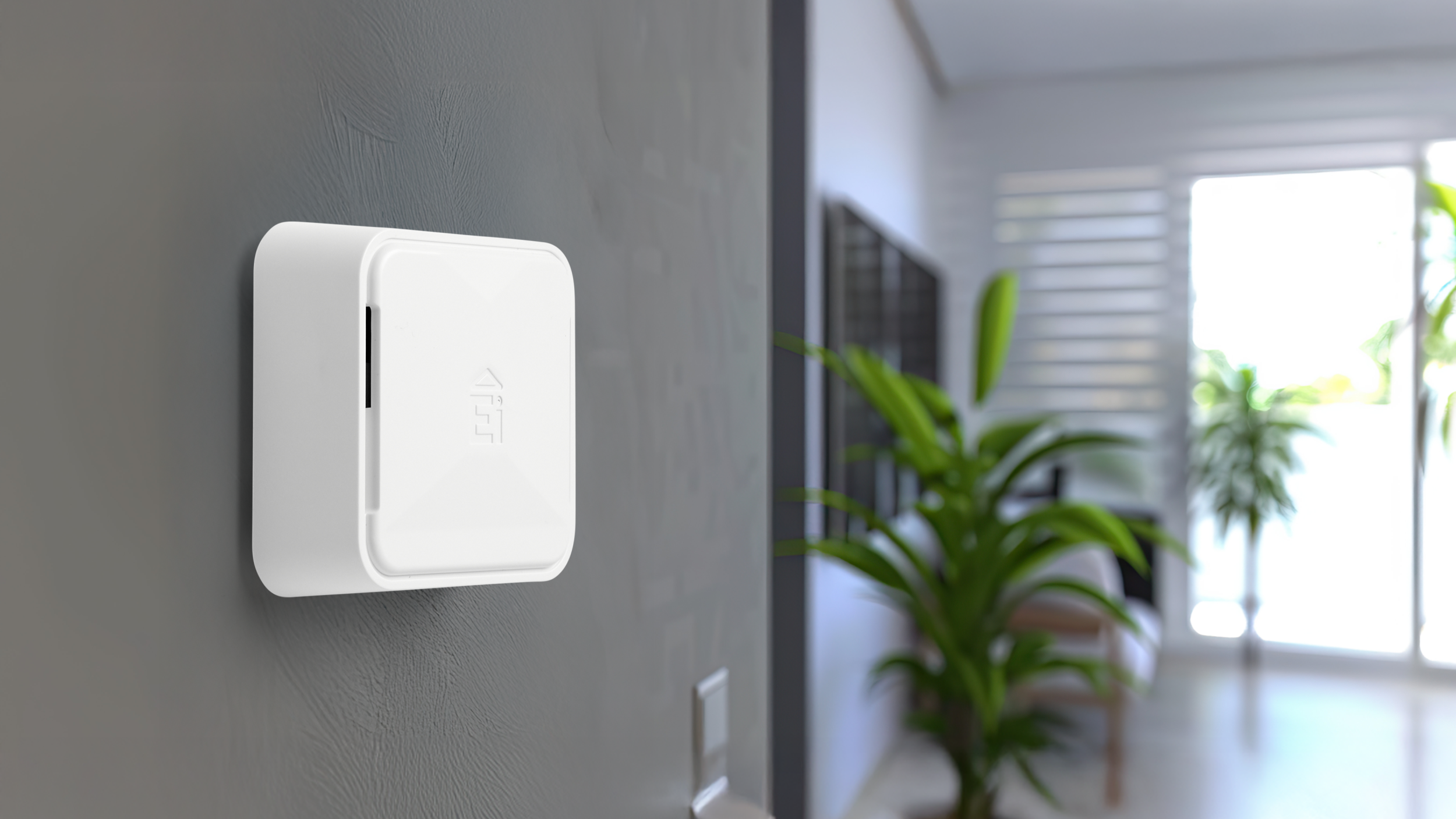Are Carbon Monoxide Alarms Required By Law?

Table of contents
British Standards help organisations to take their fire safety responsibilities seriously, referring to Fire and Carbon Monoxide (CO) in this case. These standards are considered by the Government when writing legislation and guidance documents. Being compliant with the British Standard will usually mean you are compliant with legislation and existing regulations.
The Smoke and Carbon Monoxide Alarm (England) Regulations came into force on 1st October 2015 and later had amendments made to come into force on 1st October 2022.
The 2015 regulations stated that a smoke alarm must be equipped on each storey of the premises on which there is a room used as living accommodation. A carbon monoxide alarm must be equipped in any room of the premises which there is a room used as living accommodation and contains a solid fuel burning combustion appliance such as a coal fire.
Carbon Monoxide Alarm Regulation Requirements
As of 1st October 2022, the existing regulations state that all properties should have a CO alarm installed in every room which is used as living accommodation and contains any appliance which burns, or is capable of burning fuel such as gas boilers, wooden stoves and open fires.
Although cookers are excluded from this requirement, the use of CO alarms in rooms with fuel-burning cookers is still recommended within the British Standard, BS EN 50292.
All CO alarms installed must comply with BS EN 50291-1, to which all of Aico’s CO detectors conform. Either battery or mains-powered alarms are permitted for use within properties in order to meet the requirements.
Guidance suggests that landlords follow the instructions of the alarm manufacturer when deciding where to place a carbon monoxide alarm or view our advice on where to place carbon monoxide alarms. The best place to put a CO alarm would be at head height and 1-3 meters away from the fuel-burning source for carbon monoxide alarms and at a circulation point for smoke detectors.
Premises & Tenancies Exempt From Carbon Monoxide Regulations
The regulations are applicable to the majority of residential premises in the private rented sector, including tenancies where the building is in mixed-use such as a flat above a shop.
There are certain situations where premises and tenancies are exempt from CO alarm regulations, such as:
- A tenancy which the occupier shares accommodation with the landlord or member of the landlord’s family.
- A tenancy which is let on a lease for seven years or more
- Student halls of residence
- Hostels
- Care homes and hospitals
Carbon Monoxide Regulation Enforcement & Penalties
Social landlords are required to carry out checks to ensure that smoke or carbon monoxide alarms are in proper working condition on the day of a new tenancy. Follow our simple steps to test if your carbon monoxide alarms are working properly. Tenants are then responsible for testing the alarms during the tenancy and should contact the landlord if there is a problem. Landlords are required to investigate when notified of a defective smoke or CO alarm and repair or replace the device as soon as possible.
The enforcement of carbon monoxide regulations is the responsibility of the tenants immediate landlord. Aico’s HomeLINK Connected Home Solution allows landlords to monitor devices through the HomeLINK Portal. Part of the Connected Home Solution, the Ei1000G Gateway complies data from smoke, carbon monoxide and heat alarms and reports onto the online Portal. Reporting events such as CO levels, mains absent faults, head removed and end of life, the Connected Home Solution increases efficiency for social landlords as they do not need to arrange visits to properties as real-time alarm performance can be viewed online.
Local housing authorities must serve a remedial notice where it has reason the believe that a landlord has failed to or not taken all reasonable steps to comply with the Smoke and Carbon Monoxide Alarm Regulations. If a landlord fails to comply with the terms of the notice within 28 days, the authority must step in to ensure tenants are protected by working alarms. Failure to comply with the carbon monoxide alarm regulations will also attract fines of up to £5,000 per breach.
Carbon Monoxide Regulations Conclusion
To conclude, enforcement of carbon monoxide regulations is the responsibility of private landlords, although tenants should frequently test the alarms during the tenancy. A CO detector must be installed in every room containing an appliance that burns or is capable of burning fuel and is used as living accommodation. Landlords who fail to comply with these regulations risk receiving large fines for every breach of regulation.
For more information on rules and guidance, visit our page on Fire & CO Standards, Regulations and Legislation
More resources can also be found in our Guides & Publications.






